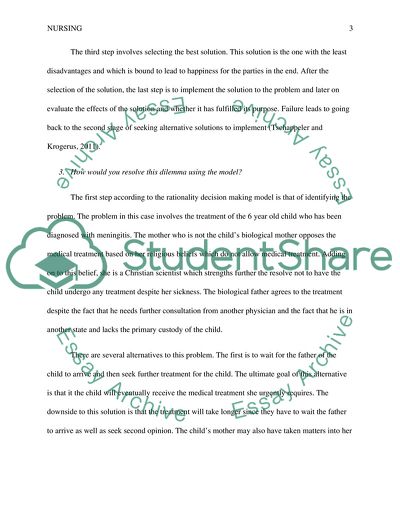Cite this document
(Not Found (#404) - StudentShare, n.d.)
Not Found (#404) - StudentShare. https://studentshare.org/medical-science/1853593-applying-ethical-frameworks-in-practice
Not Found (#404) - StudentShare. https://studentshare.org/medical-science/1853593-applying-ethical-frameworks-in-practice
(Not Found (#404) - StudentShare)
Not Found (#404) - StudentShare. https://studentshare.org/medical-science/1853593-applying-ethical-frameworks-in-practice.
Not Found (#404) - StudentShare. https://studentshare.org/medical-science/1853593-applying-ethical-frameworks-in-practice.
“Not Found (#404) - StudentShare”. https://studentshare.org/medical-science/1853593-applying-ethical-frameworks-in-practice.


